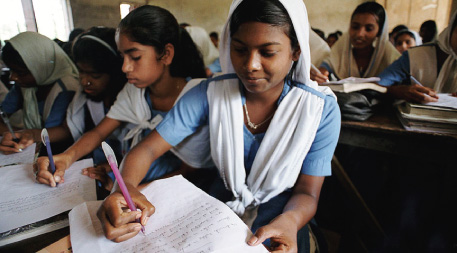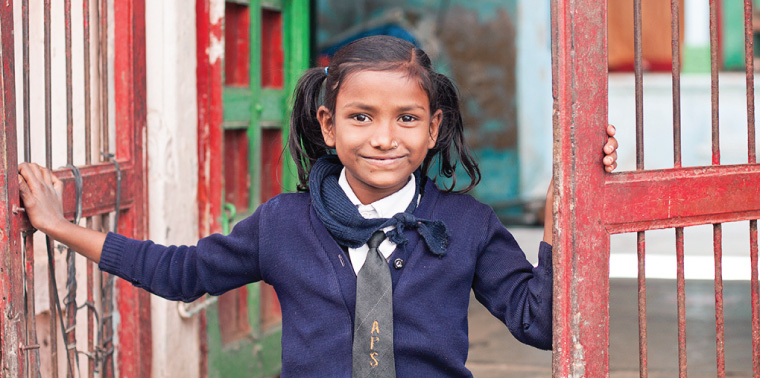Given seven years of basic schooling, for example, a girl will marry four years later and have 2.2 fewer children, says the Nike Foundation, leading to fewer health problems and more opportunities. Offering access to family planning resources make a huge difference, too, says Malcolm Potts, director of the Bixby Center for Population, Health and Sustainability at the University of California, Berkeley. In one of the most dramatic examples, Potts says, cultural shifts in Iran recently led to a rapid decline in how many kids women had: from an average of six to two children in villages, and from four to two children in cities.
“I have never seen a situation where we have given women information and technology and they have systematically misused it,” says Potts, co-author of Sex and War: How Biology Explains War and Terrorism and Offers a Path to a Safer World. As birth rates drop, he adds, so does pressure on the environment and the proportion of angry young men in a society. “If you want to make the world a safer place, respect women and give them choices.”

Increasing the number of girls who go to secondary school by 10 percent is associated with a 3 percent growth in a country’s economy. Photo of high school girls in Suapur, Bangladesh, by Mike Wallace/World Bank (Flickr/Creative Commons).
Some of the most successful programs offer girls safe spaces of their own. In parts of Bangladesh, Tanzania and Uganda, for example, BRAC organizes girls’ groups that gather in the afternoon most days of the week. During some meetings, teens and preteens simply play soccer, read books, or sing and dance. Other days, they learn about pregnancy prevention, HIV and the importance of education. The girls practice life skills, receive job training and sometimes get small business loans. Groups also address the attitudes of parents and community leaders — including boys and men.
The results of programs like these are striking. After five years of community-based work in India, ICRW measured a full year delay in a girl’s average age of marriage — from 16 to 17. Girls who have been through BRAC programs, likewise, want to stay in school longer, Chaplin says. They have hope.
Once the world opens up to girls, the Nike Foundation says, they invest 90 percent of their income in their families, compared to the 30 to 40 percent that men contribute.
“When I went to visit one of the clubs in Bangladesh, all the girls were telling me they wanted to be doctors, lawyers and teachers,” she says. “One girl wanted to be a pilot. If you asked a kid in rural Bangladesh who didn’t have this opportunity, [she] might want to be a housewife, maybe work in her mother’s store or tend the garden. The difference in aspirations is stark.”
Once the world opens up to girls, the Nike Foundation says, they invest 90 percent of their income in their families, compared to the 30 to 40 percent that men contribute. From there, the benefits multiply. Increasing the number of girls who go to secondary school by 10 percent, according to the foundation, is associated with a 3 percent growth in a country’s economy.
Even small changes make big differences. In a video posted on The Girl Effect’s YouTube channel, a 17-year old Bangladeshi girl named Sanchita Rani Das explains how a $60 loan allowed her to buy a calf, plant a vegetable patch and start making profits. Now, she is paying for her brother’s education, covering some of her family’s expenses and putting extra money into savings.
“I know that today’s children are tomorrow’s future,” Sanchita says. “I am actually saving for my future.” ![]()
A version of this feature originally appeared in the Summer 2010 issue of Momentum magazine, Ensia’s predecessor.
Ensia shares solutions-focused stories free of charge through our online magazine and partner media. That means audiences around the world have ready access to stories that can — and do — help them shape a better future. If you value our work, please show your support today.
Yes, I'll support Ensia!
